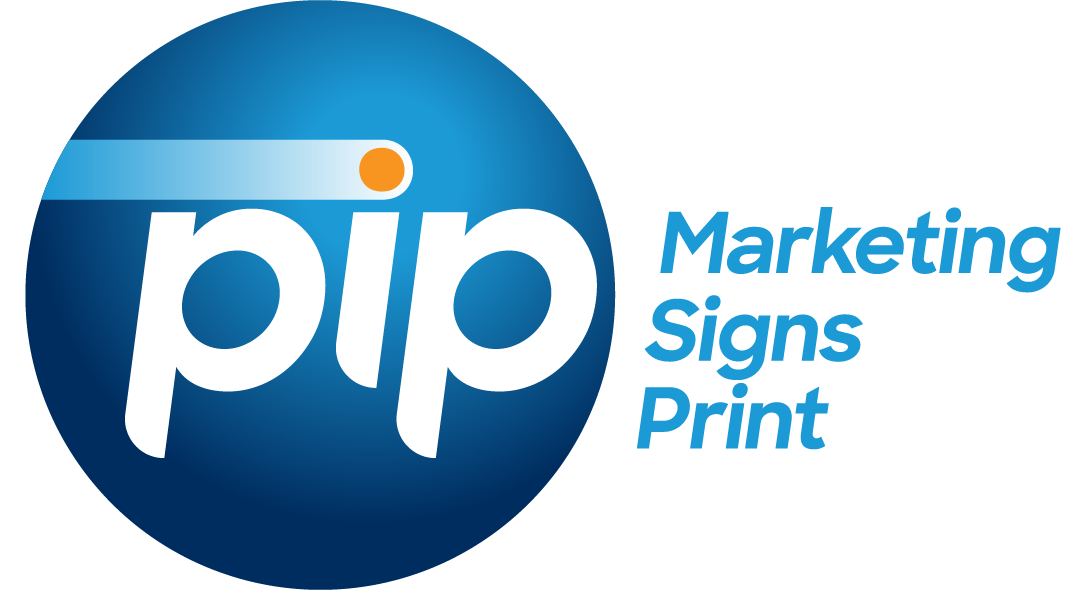Blog Post | Feb 07, 2023
3 Tips for Improving Email Deliverability
It’s not enough to develop an email campaign. Not even to write emails and send them. No, none of that will matter if you can’t deliver your emails. Email deliverability can be the key to a successful campaign because it determines effective client communication and, ideally, leads to prospect conversion.

It’s not enough to develop an email campaign. Not even to write emails and send them. No, none of that will matter if you can’t deliver your emails. Email deliverability can be the key to a successful campaign because it determines effective client communication and, ideally, leads to prospect conversion.
Email deliverability is the ability to get your emails into your clients’ and potential clients’ inboxes. Deliverability is the assurance that your messages don’t end up in spam or trash, aren’t getting blocked or bounced back to you, and that your audience opens and reads them. Several elements must work together to help guarantee deliverability.
Below we have collected the top three tips for improving and safeguarding your email deliverability.
#1 – List Segmentation
Segmenting your list by key attributes will help improve the chances of getting your emails in your customers’ inboxes, opened and clicked on. Sending out bulk emails to your entire list is a recipe for deliverability issues. List segmentation helps to personalize emails for different portions of your audience, giving them relevant content for the items or information that are important for driving their engagement. In fact, personalized emails generate a median ROI of 122%.
Your list segmentation will depend on your business type and audience, but some potential criteria for subdividing your list could include any combination of the following:
#2—List Hygiene
Also called cleaning, scrubbing or purging your lists, hygiene includes the steps you need to pare your database down to the most active, engaged and relevant users to keep deliverability issues to a minimum. Without regular list cleaning, you could encounter high numbers of hard bounces that affect your brand’s reputation and credibility. A large database is nice to have, but if half of the emails you send don’t reach your audience, they aren’t doing you any good.
Instead, proactively and regularly go through your lists to remove deactivated contacts, encourage uninterested users to unsubscribe, delete duplicates and get updated contact information. After all, email lists can decay every year by up to 22.5%.
Signs of a healthy list include:
#3—Revisit Subject Lines
As the first thing readers see, your subject line may be the difference between them opening your email or sending it to the trash. While certain words will encourage them to open your email—47% of recipients open email based on the subject line—there are also certain words that will automatically trigger a filter or user to send your message to spam. In fact, 69% of recipients report email as spam based solely on the subject line, so select your words carefully.
Your subject line is a precursor to the body of your message and should also be compelling enough to make them read and open your communications. The email subject line is also a part of your brand, communicating who you are and what you want the recipient to know about you. Aim for an authentic, direct and brief subject line and communicate urgency or action if you can.
Refine, refine, refine
There are a lot of moving parts that contribute to email deliverability and campaign success. It can be a balancing act to find just what to say that will encourage your database of customers and prospects to act but implementing these three best practice techniques will help you begin to see a rapid improvement.
Email deliverability is the ability to get your emails into your clients’ and potential clients’ inboxes. Deliverability is the assurance that your messages don’t end up in spam or trash, aren’t getting blocked or bounced back to you, and that your audience opens and reads them. Several elements must work together to help guarantee deliverability.
Below we have collected the top three tips for improving and safeguarding your email deliverability.
#1 – List Segmentation
Segmenting your list by key attributes will help improve the chances of getting your emails in your customers’ inboxes, opened and clicked on. Sending out bulk emails to your entire list is a recipe for deliverability issues. List segmentation helps to personalize emails for different portions of your audience, giving them relevant content for the items or information that are important for driving their engagement. In fact, personalized emails generate a median ROI of 122%.
Your list segmentation will depend on your business type and audience, but some potential criteria for subdividing your list could include any combination of the following:
- Demographics
- Geography
- Gender
- Language
- Business type
- Industry
- Previous activity on your site
- Engagement level
- Stage of the marketing funnel
#2—List Hygiene
Also called cleaning, scrubbing or purging your lists, hygiene includes the steps you need to pare your database down to the most active, engaged and relevant users to keep deliverability issues to a minimum. Without regular list cleaning, you could encounter high numbers of hard bounces that affect your brand’s reputation and credibility. A large database is nice to have, but if half of the emails you send don’t reach your audience, they aren’t doing you any good.
Instead, proactively and regularly go through your lists to remove deactivated contacts, encourage uninterested users to unsubscribe, delete duplicates and get updated contact information. After all, email lists can decay every year by up to 22.5%.
Signs of a healthy list include:
- All/nearly all your client emails are verified
- All/nearly all emails get delivered to the client/prospect inbox
- Your audience is engaged and active
- The ROI on your email efforts is measurable
#3—Revisit Subject Lines
As the first thing readers see, your subject line may be the difference between them opening your email or sending it to the trash. While certain words will encourage them to open your email—47% of recipients open email based on the subject line—there are also certain words that will automatically trigger a filter or user to send your message to spam. In fact, 69% of recipients report email as spam based solely on the subject line, so select your words carefully.
Your subject line is a precursor to the body of your message and should also be compelling enough to make them read and open your communications. The email subject line is also a part of your brand, communicating who you are and what you want the recipient to know about you. Aim for an authentic, direct and brief subject line and communicate urgency or action if you can.
Refine, refine, refine
There are a lot of moving parts that contribute to email deliverability and campaign success. It can be a balancing act to find just what to say that will encourage your database of customers and prospects to act but implementing these three best practice techniques will help you begin to see a rapid improvement.
